As any serious baker would tell you, knowing which flour, sugar and even salt to use is important. So, next in the series of Produce Explained, we’ll be delving into the wonderful world of chocolate.
This is the stuff the ancient Mayans used as currency while the Aztecs worshipped and revered the cacao bean. The Aztecs would use cacao beans offering to the gods and reserve this chocolate drink for select high members of society. Yup, the cacao was sacred.
Despite chocolate’s commercialisation and mass production we know of today, it is far more complex and intricate than this article can cover. Nevertheless, here are the basics you need to know when you head to the supermarket so you’ll never be confused between the terms bittersweet or semi-sweet again.
Before we get into proper, I do think that a little background into how chocolate is made would be helpful in our understanding. Don’t worry, I’ll keep this short and sweet.
All chocolate begins with the cacao and these are fruits (yes, fruits) that can only be grown in an area near the equator, in hot and rainy climate. When these cacao pods are ripe, they have to be handpicked off the tree so that the younger pods are not damaged.
What you find in these pods is gooey white pulp encasing seeds. The pulp is removed and those seeds are where the money is at.
But wait, you don’t have chocolate just yet. These seeds need to be fermented, dried and shipped to facilities for further processing.
These cacao beans are then roasted and ground in to paste called chocolate liquor. Not the kind where you can drink but where the cocoa solids and cocoa butter are roughly equal in proportion.
This chocolate liquor is pressed to extract cocoa butter which though does not impart any flavour is responsible for the smoothness of the chocolate. The chocolate liquor is then mixed with different amounts fo sugar, cocoa butter and milk other ingredients to create the chocolate bars you find on the shelves.
I know it seems this part seems extraneous but it will help you understand why certain types of chocolate are the way they are.
There are four main classes of chocolate and you might be already familiar with some of them. But do you know what are the differences between them?
— Main Types of Chocolate —
1. Milk Chocolate
What it is:
I’m sure this bar needs no introduction. Milk chocolate is one of the most ubiquitous of chocolate and what makes up most chocolate bars we know today. Quite simply, you get milk chocolate with the addition of milk to cocoa solids.
What makes it unique:
To call something milk chocolate, it must only contain 20% cocoa solids. Not only that, when it comes to Milk chocolate what you want to look out for is the quality of the milk. The better the milk, the better milk chocolate.
Each piece should deliver that bright dairy note that’s fresh and clean on the palate.
What it is used for:
Milk chocolate can be eaten on its own. If not this velvety bar can be used in just about anything. You can even melt this over a bunch of marshmallows to make a toasty plate of s’mores.
If you are looking for a stellar bar, I’ll recommend Milka. This brand is pretty popular in Europe and looks like a long-lost sister to Cadbury but way milkier, smoother and richer.
Price: From S$3
2. Dark Chocolate
What it is:
Dark chocolate is probably one of the more traditional ways of eating chocolate. After all, dark chocolate was similar to how the Aztecs and Mayans enjoyed their cocoa.
You’ll notice dark chocolate takes on a much darker, serious hue than milk chocolate.
What makes it unique:
Dark chocolate is most often characterised by its bittersweet taste, which is due to the fact that each bar would contain over anywhere from 30% to 70% cocoa solids. Which means dark chocolate is a lot less sweet than milk chocolate.
With dark chocolate, you get a more pronounced flavour of the chocolate. You’ll get those rich, complex, bitter (depending on how dark your chocolate is) moreish notes that keep you coming back for more.
Because of dark chocolate’s relatively low sugar content, dark chocolate is high in antioxidants and contain flavanols that improve blood flow and pressure. Not to mention, before chocolate was known as a sweet treat, it was used first used as a medicine.
Within the realm of dark chocolate, you can find sub-classes such bittersweet chocolate and semi-sweet chocolate. These two categories are used more in the baking world, so we’ll get to those later.
What it’s used for:
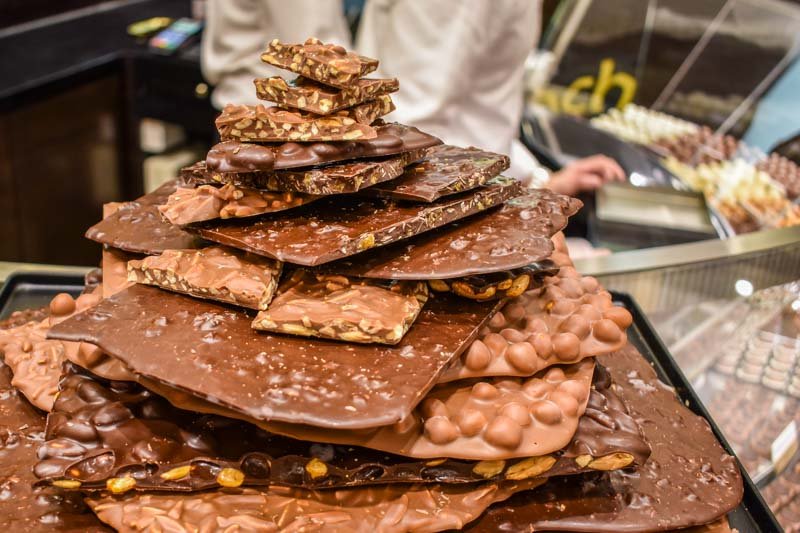
Dark chocolate is meant to be enjoyed and savoured on its own. If you manage to get your hands on some good quality chocolate, I suggest you enjoy it as it is.
Otherwise, you can find dark chocolate used in the decadent molten chocolate lava cake or in puddings.
Price: From S$4 – S$7
3. White Chocolate
What it is:
A little bit of polarising chocolate, some people don’t even consider white chocolate to be a true chocolate. This creamy, white bar is most often sweet and milky and my preferred Toblerone variation.
What makes it unique:
The reason that some people don’t consider white chocolate a bar of true chocolate is because it contains cocoa butter and no cocoa solids.
Cocoa solids are what give dark and milk chocolate their distinctive hue. Without those solids, that’s how you get white chocolate’s trademark ivory sheen. Plus, to call something ‘white chocolate’, it has to contain at least 20% cocoa butter otherwise, don’t even bother with it.
To see if you have high-quality white chocolate, pop some in your mouth and see how it melts. Cocoa butter’s melting point is the same as your body temperature so it should melt the moment it hits your tongue.
Lesser white chocolate bars or chips might replace the cocoa butter with vegetable fat instead which will leave an unpleasant waxy finish on your tongue. So, always check the ingredients.
What it’s used in:
White chocolate is certainly for those with a huge sweet tooth and can be used in essentially anything that calls for chocolate. I’m of the opinion that the best way to appreciate this sweet treat is at your respectable chocolatier in the form of truffles.
Price: From S$4 – S$6
4. Ruby Chocolate
What it is:
The latest to the mix, ruby chocolate sent shockwaves of wonder and awe when it was revealed to the world in 2017. That pink is no extract or food colouring, the chocolate is a natural Elle Woods pink.
What makes it unique:
Developed by Barry Callebaut, one of the world’s top chocolate manufacturer, ruby chocolate is said to derive from the ruby cocoa bean. The extraction process is kept under wraps but this chocolate is said to have an intense fruitiness accompanied with fresh sour notes.
What it’s used in:
Since ruby chocolate has fruity berry notes, you’ll want to pair this with something creamy to contrast those tart flavours.
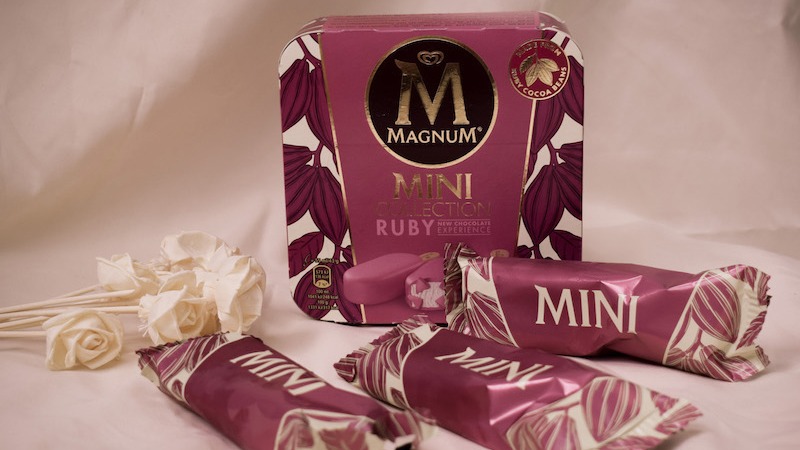
Magnum’s newest Magnum Ruby is one way you can appreciate this Barbie-coloured chocolate. We’ve come to chocolate that you’ll most likely come across in the baking aisle of the supermarket.
Price: From S$8
—Cooking/Baking Chocolate—
5. Cocoa Powder
What it is:
Extracted from chocolate liquor and dried, cocoa powder is basically your cocoa solids in a powder form.
What makes it unique:
There are two types of cocoa powder you can find in the baking aisle, ‘Natural’ and ‘Dutch Process’. You might be tempted to use them interchangeably but they are very different.
Dutch-process is whereby the cocoa powder has been treated with alkaline to reduce the acidity and turn the cocoa the powder much darker shade, while natural cocoa butter has a much lighter shade.
Since Dutch-processed cocoa powder is less acidic, it will react differently with your eggs and other ingredients, which will undoubtedly affect your batter and final product. Unless a recipe calls for it, I would not recommend using a cocoa powder that has been Dutched in your batter. However, if it’s just for garnish, then both ‘Natural’ and ‘Dutch process’ are fine.
What it’s used in:
Cocoa powder is used as a topping for cakes such as tiramisu or in cookies to intensify the chocolate flavour. Or the most obvious option is to make yourself a cup of hot cocoa.
That being said, as far as possible try to get unsweetened cocoa powder. You don’t know what kind of additives or artificial sweeteners are added that can mar or alter the taste of the cocoa.
It’s always best to sweeten it yourself, be it milk or even condensed milk, depending on how indulgent you want your hot cocoa to be.
Price: From S$6
6. Chocolate Chips
What it is:
I’m sure everyone is familiar with chocolate chips—a perfect dollop of chocolate with a lick at the top that you most often find in cookies. Hence, the name: chocolate chip cookies.
What makes it unique:
Conveniently packaged and uniform in shape, these chocolate chips are everyone’s go-to when making cookies and other baked goods. However, the fact that they can keep their shape is due to stabilisers and preservatives that are often used.
Not that they are bad for you, but they do compromise the taste and quality and leave a waxy finish. If you want to use them, I suggest going for brands that contain the least amount of preservatives and stabilisers.
What it’s used in:
Chocolate chips are not just for chocolate chips cookies; use them in pancakes, desserts or even as topping for your ice cream.
Price: S$5 – S$6
7. Baking Chocolate
What is it:
While they might look like your average Cadbury bars, baking bars are not for eating. There are several subcategories in baking chocolate here is how you differentiate between them during your baking escapades. Namely, there are unsweetened, bittersweet and semi-sweet.
What makes them unique:
Unsweetened baking bars are exactly what they say they are. With absolutely no sugar, this bar is pure cacao. This bar is extremely bitter and not at all nice to snack on.
If you are using this bar, the recipe you are using will most likely call for more sugar to counter the bitterness.
Your typical bittersweet chocolate bar would contain 70% cacao, so the bitter notes would be pretty prominent but not as intense your unsweetened chocolate bar.
For me, this bar would be that sweet spot when baking cookies or even using in cakes. The Goldilocks of baking bars if you will.
Sometimes used interchangeably with bittersweet chocolate bars, the semi-sweet baking bar is little sweeter than your bittersweet.
With about 56% – 60% cacao, these are a little obviously a little sweeter than your bittersweet bar but only by a smidge. It’s not particularly noticeable unless you have a killer palate. Otherwise, if the grocery store is out of bittersweet, go for semi-sweet instead.
Prices: From S$8 – S$10
What it’s used for
If you have been an avid chocolate chip user, it’s time to switch it over to baking chocolate. When you do chop your baking chocolate, you’ll realise the beauty is in those irregular shards. You’ll get some larger chocolate pieces interspersed with smaller chocolate bits, which has a greater mouthfeel.

For unsweetened chocolate, I’ll recommend them to be in recipes that have other types of chocolate such as bittersweet or semi-sweet like brownies.
8. Couverture
What it is:
Couverture is for mostly for professional chefs and the serious home cook. This high-quality chocolate is most often used in pastry shops or high-end chocolatiers.
What makes it unique:
Couverture usually has a glossy appearance that melts readily, and a satisfying snap. That snap usually comes from tempering the chocolate. ‘Tempering’ is a term that gets thrown around in the chocolate world and one of the bread-and-butter of making chocolate.
Quite simply, tempering is a process of heating the chocolate and cooling it down to whichever texture, flavour or finish that’s desired. If you’ve been to any French patisserie you’ll often find the chef spreading chocolate on a marble surface during the process of tempering.
Some couverture comes already tempered so you can use it straight away while some couverture needs to be tempered first before you can use it.
What it’s used in
Couverture is basically cream of the crop when it comes to baking. Smooth, glossy and simply irresistible — this is the reason why you reach for another one of those truffles.
If you have some extra cash to splurge and want to make the best cookies that are sure to impress, you should invest in some couverture.
Price: From S$23 for a 1kg bag
There is still much to explore in the world of chocolate but I hope now you are more equipped when it comes to the baking aisle in the supermarket. Better yet, you can put your knowledge to use by trying out some of Simple stay-home recipes, such as the 3-ingredient Ice Cream Bars or even these 5 Tiktok baking recipes!
The post Produce Explained: Everything You Need To Know About Chocolate appeared first on SETHLUI.com.

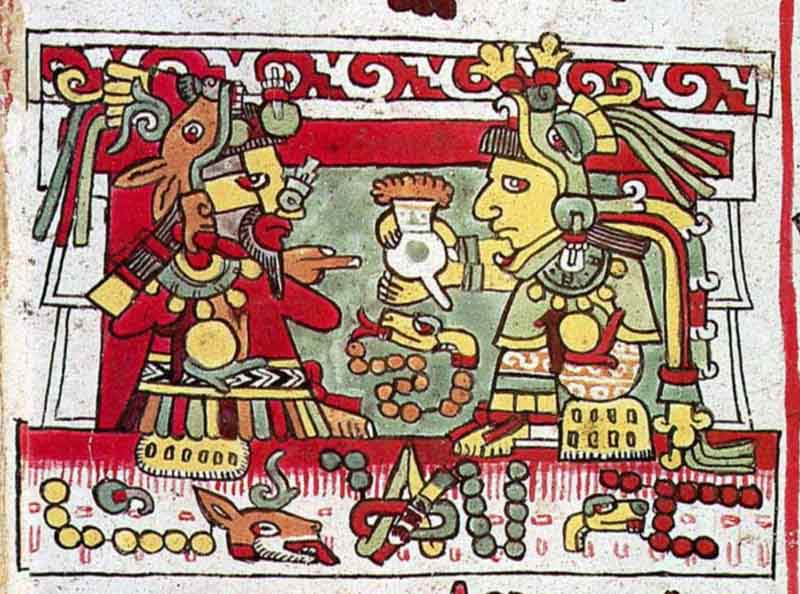








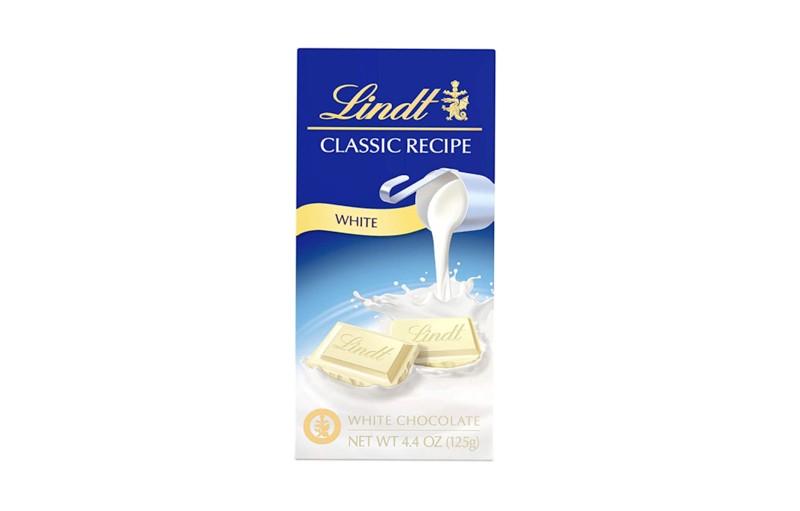



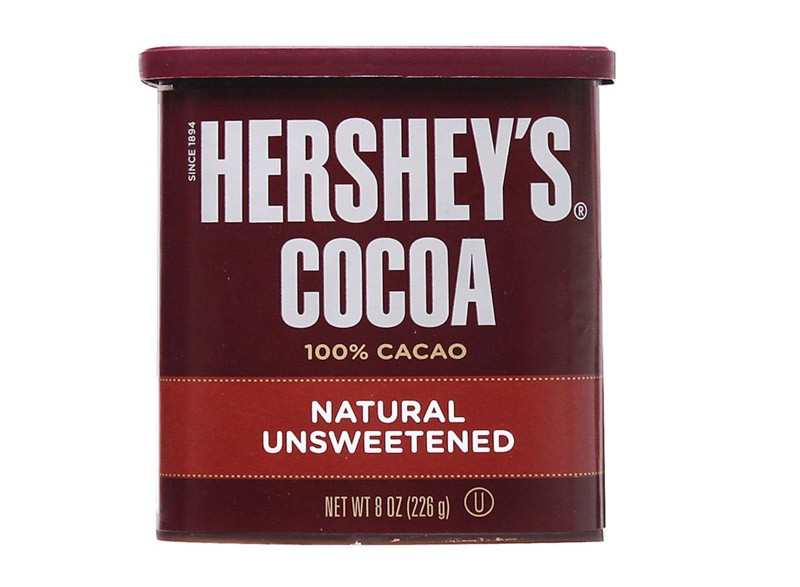



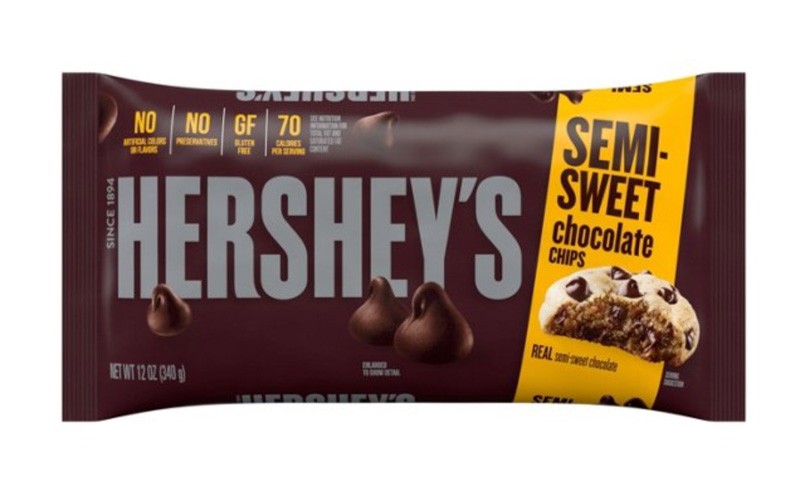













0 comments:
Post a Comment